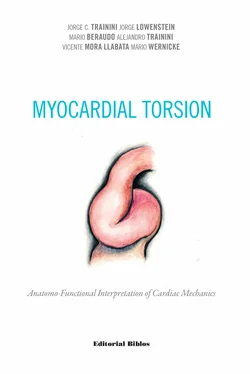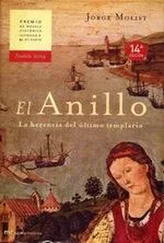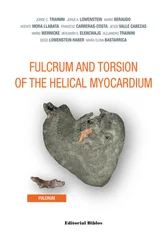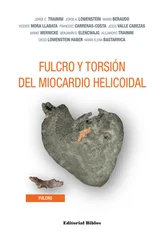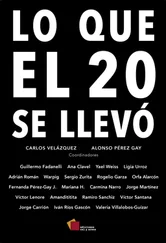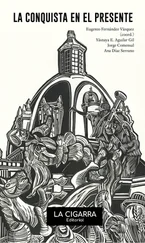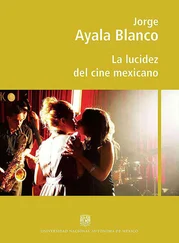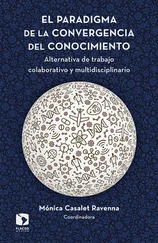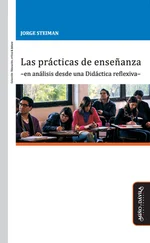In chapter 2 the authors elegantly demonstrate, with 3D mapping electrophysiological studies of cardiac activation in human hearts, the propagation of the electrical stimulus in Torrent Guasp’s myocardial band, surpassing the theoretical ideas of the master.
In chapter 3, they express the theoretical and historical considerations of the cardiac suction pump, with a general vision obtained through the experimental models they developed to confirm the hypothesis.
Finally, in chapter 4 the book ends with a global synthesis of the complex cardiac functional mechanics dominated by the explanation of cardiac suction, the cornerstone of the master´s theory. This section stands out by the beautiful and difficult synthesis of cardiac torsion with myocardial strain echocardiographic techniques, for which the authors show exquisite proficiency.
This is certainly a different book in its structure, content and elaboration. It is a text that the reader may admire or criticize, that may create skepticism or surprise at the new data it proposes, but which undoubtedly will leave nobody indifferent, and that is something few books can achieve… My congratulations.
Madrid, 2019
Prof. Miguel Ángel García Fernández
Professor of Medicine-Cardiac Imaging
School of Medicine, Department of Medicine
Universidad Complutense de Madrid, Spain
The function of the heart corresponds to a mechanical dimension that should be addressed in terms of its structure, which is where we find the origin of the idea that led our research to explain its organic-functional integrity. If we stop in classical descriptions of the heart we realize that anatomical attention was focused on its external and internal surfaces, granting scant importance to the intimate muscle conformation. This was believed to be of a homogeneous solid nature with global uniform contraction, not considering that its mechanical capacity demanded a reinterpretation of its spatial anatomy and motions, leading us into other topics of its functioning that were completely disregarded by cardiology.
The anatomy of the heart was traditionally thought to be formed by spiraling muscle bundles, but these were never described in association with their physiology. Even though R. F. Shaner in 1923 expresses that the “myocardium is characterized by two flattened muscles shaped as a figure of 8. These muscles twist in opposite directions during systole, emptying its content”, it was the Spaniard Torrent Guasp who in 1970 initiated the description and interpretation of the myocardial muscle band, starting point to understand its motions. This was demonstrated in multiple dissections showing that the ventricular myocardium is made up of a group of muscle fibers coiled unto themselves, resembling a rope, flattened laterally as a band, which by giving two spiral twists describes a helix that limits the two ventricles and defines their performance.
An explanation for this muscle homogenization with an intricate anatomical arrangement that hides the myocardial band, implies considering that its structural solidity is required in birds and mammals so that blood is ejected at high speed in a limited time span by an organ that must serve two circulations (systemic and pulmonary). Currently, the myocardial band can be confirmed by the anatomical study of the heart via an adequate dissection, histological examination, magnetic resonance diffusion tensor imaging procedures, echocardiographic analysis and electrophysiological studies with three-dimensional electroanatomical mapping.
Despite all these considerations leading to discern the real internal myocardial anatomy, and contrary to the classical concept, dissection finds a structure with defined planes that allows successive and concatenated physiological motions of narrowing, shortening-twisting, lengthening-untwisting and expansion depending on the propagation of the electrical stimulus along its muscle pathways.
The anatomical evolutionary state of the heart agrees with ventricular mechanics but lacked the understanding of an electrical propagation that could accurately explain the physiology. The studies on this topic aim to show the integrity of an essential cardiac structure-function. The left ventricular endocardial and epicardial electrical activation performed in patients with three-dimensional electroanatomical mapping allowed considering this fundamental topic to analyze it. The circulatory duct of annelids works with a peristaltic mechanism in its contractile progression. The impulse along its length preserves a pattern of axial transmission, but after the cardiac duct twists in birds and mammals, radial transmission of the impulse is added, allowing the helical motion indispensable to produce the successive twisting-shortening motions during systole and untwisting-lengthening in the subsequent suction phase.
This pathway leading from structure to function induced the understanding of topics poorly explained by their mechanical organization, but which should be considered complementary among them and essential for the physiology of the heart.
1 Anatomical and histological investigation of the segmental sequence of the myocardial band.
2 Support and insertion of the myocardial band. The inevitable emerging question is that in order for the bands surrounding the ventricles to twist they should have a supporting point, similarly to a muscle in a rigid insertion. Do they exist in the heart? If this support is real, how does the myocardial muscle band insert in this structure?
3 Myocardial torsion represents the functional solution to eject the ventricular blood content with the necessary energy to supply the whole organism. This situation is implicit in the study of ventricular activation in order to analyze: How is ventricular torsion produced?
4 Muscle friction. The sliding motion between the band segments during ventricular twisting-untwisting assumes that there must be an anti-friction mechanism that avoids the dissipation of the energy used by the heart. Is there a histological explanation for this fact? Do Thebesian and Langer venous conduits play a role in this mechanism? Is there an organic lubricating source?
5 Intraventricular vortex. The development of this vortex studied by echocardiography is the consequence of torsion and the impulse the blood flow needs to eject. The physical theory of dissipative structures currently explains the production of this intraventricular turbulence.
6 Active protodiastolic ventricular suction. A phase of passive ventricular filling would be impossible due to the small difference with peripheral pressure. Ventricular filling was studied as an active phenomenon with energy consumption generated by a myocardial contraction that tends to lengthen the left ventricular base-apex distance after the ejective phase producing a suction effect by an action similar to a “suction cup”. Could this mechanism be explained by the persistent contraction of the ascending segment during the isovolumic diastolic phase?
7 The restitution of sufficient negative pressure in a cardiomyopathy to generate left ventricular suction and adequately draw blood could be achieved with cardiac resynchronization, provided the stimulation is performed in the right region of the myocardial wall.
8 As a result of the last two points: Is it possible to consider in the heart a coupling phase between systole and diastole where cardiac suction takes place?
9 In this three-stage heart (systole, suction, diastole): which is the energy mechanism in the active suction phase?
The methods used in this study to explain the hypothesis of the anatomo-functional integrity of the heart were:
1 Cardiac dissection in bovids and humans.
2 Histological and histochemical analysis of anatomical samples.
Читать дальше
